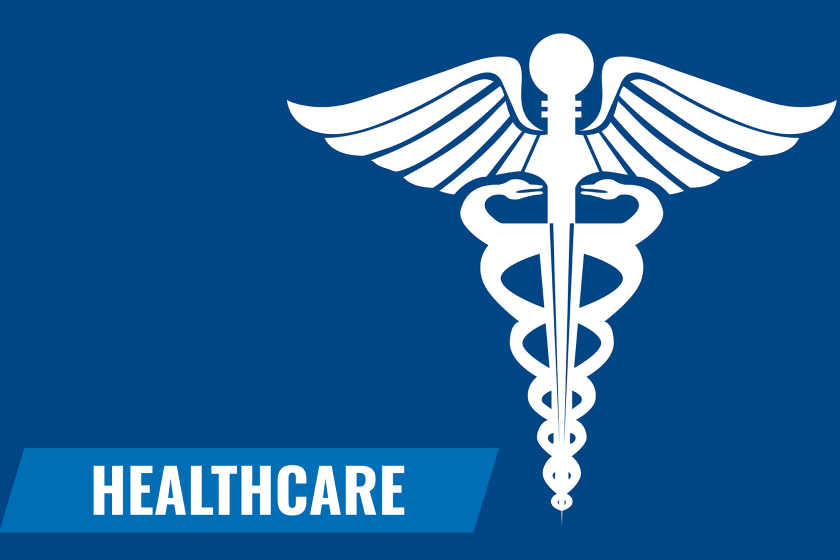ST. PAUL ŌĆö Some doctors and public health experts call it the surge. Many are referring to it as the curve.
But perhaps itŌĆÖs best to think of it as the patient swarm ŌĆö the moment when those who have been infected for days with a virus 10 times deadlier than the flu finally begin exhibiting serious symptoms and rush to medical facilities for emergency care all at once.
ADVERTISEMENT
The first surge might not overwhelm hospital beds, emergency rooms and intensive care units.
But with the experience of Italian hospitals as a telling recent precedent, some are bracing for a second surge, when all the people unknowingly infected by those in the first patient wave also become ill, overloading hospital networks already at capacity.
And some of those infected will be the doctors and nurses on the front lines ŌĆö caregivers who, in many areas, are already in short supply.
ŌĆśWe just don't knowŌĆÖ
When is surge one, and are we doing enough to ŌĆ£flatten the curveŌĆØ and avoid, or at least lessen the impact of, surge two?
ŌĆ£We donŌĆÖt know at this point,ŌĆØ said Dr. Alison Peterson, a vice president of medical affairs at United Hospital in St. Paul. ŌĆ£We just donŌĆÖt know.ŌĆØ
But Allina Health ŌĆö UnitedŌĆÖs parent company ŌĆö isnŌĆÖt taking chances.
Since late February, Peterson has assumed the position of operations chief within the health networkŌĆÖs new incident command center in Minneapolis, where executive decisions are being made to free up hospital beds and prepare for the worst.
ADVERTISEMENT
Allina Health and M Health Fairview have announced that all elective surgeries will be postponed to make room for the surge, or surges, whenever they come. More health care providers are expected to do the same.
ŌĆ£We are doing everything we can to flatten the curve so we do not overwhelm our health resources within our communities,ŌĆØ Peterson said.
Origin of most cases unknown
Despite many unknowns, whatŌĆÖs clear is that thereŌĆÖs no longer anything foreign about what some leaders in government once labeled a ŌĆ£foreign virus,ŌĆØ and thereŌĆÖs no vaccine for it.
People no longer have to have traveled outside the country, or have spent time with someone who has, to be at serious risk of coronavirus infection. The fast-spreading virus could live on a doorknob, or jump from person to person.
In public health parlance, thatŌĆÖs called ŌĆ£community transmission,ŌĆØ and itŌĆÖs here now in multiple Minnesota counties.
Of the 4,226 nationwide cases of coronavirus known to the Centers for Disease Control, only 229 cases were confirmed travel-related as of Monday. Another 245 cases involved close contact with someone who had traveled.
And the other 3,752 cases? Those are still under investigation, according to the CDC. In other words: who knows?
ADVERTISEMENT
ŌĆ£From the highest density of population, itŌĆÖs beginning to migrate outward,ŌĆØ Peterson said. ŌĆ£The map is a telling spread. The MDH (Minnesota Department of Health) has confirmed there is community spread without evidence of a travel contact.ŌĆØ
Limiting public interaction
While the federal government initially focused on containing the virus ŌĆö keeping it outside the U.S. ŌĆö by banning European visitors, governors, medical directors and public health advocates have begged for more focus on mitigating it, or slowing and staggering the spread enough that hospitals can handle each wave.
On Friday, March 13, President Trump agreed it was time to limit contact between groups of 10 people or more, and individual cities and states have begun ordering social gathering spaces to close and issued limited ŌĆ£stay-homeŌĆØ orders.
ŌĆśStay home, cancel everything and wash your handsŌĆÖ
So when is this big patient surge coming?
ŌĆ£We really donŌĆÖt know when this will peak,ŌĆØ said Dr. Mai Pho, an infectious disease specialist based in Chicago. ŌĆ£It depends on how well we will be able to ramp up our ability to test people, and how much we can maintain social distancing.ŌĆØ
She added: ŌĆ£The more we can, the further off we can push the peak and the better chance we have to protect our most vulnerable, and reduce the stress on the healthcare system.ŌĆØ
In other words, added Pho, ŌĆ£Stay home, cancel everything and wash your hands.ŌĆØ
ADVERTISEMENT
Following the Italy pattern
What does it look like when a hospital is overwhelmed? Reports from Italy describe intensive care units where medical care is being rationed to focus on infected patients who have a better chance of survival.
Are we the next Italy?
ŌĆ£WeŌĆÖre sort of following that Italy pattern, but we donŌĆÖt know,ŌĆØ said Ritesh Patel, CEO of Open Cities Community Health Center in St. Paul, which serves particularly vulnerable low-income populations. ŌĆ£We donŌĆÖt know if our rate is going to be double Italy, or avoid it. The strain could mutate, or be more virulent than the one in Italy.ŌĆØ
What is known is that coronavirus is measurably more contagious and spreads faster than the common flu. While studies vary, its mortality rate, or death rate, is roughly 10 times greater. And unlike the flu, thereŌĆÖs no vaccine ŌĆö the best doctors can do is manage symptoms.
ItŌĆÖs unclear when a surge may occur, but ŌĆ£I expect over the next few days there to be an exponential increase,ŌĆØ said Dr. Cynthia Woods, medical director with Open Cities. ŌĆ£Now we have community transition, which means that somebody went to the grocery store and had no travel history, had not been around anyone who tested positive, and at some point contracted the virus. It spreads faster.ŌĆØ
As a public service, we have opened this article to everyone regardless of subscription status.








